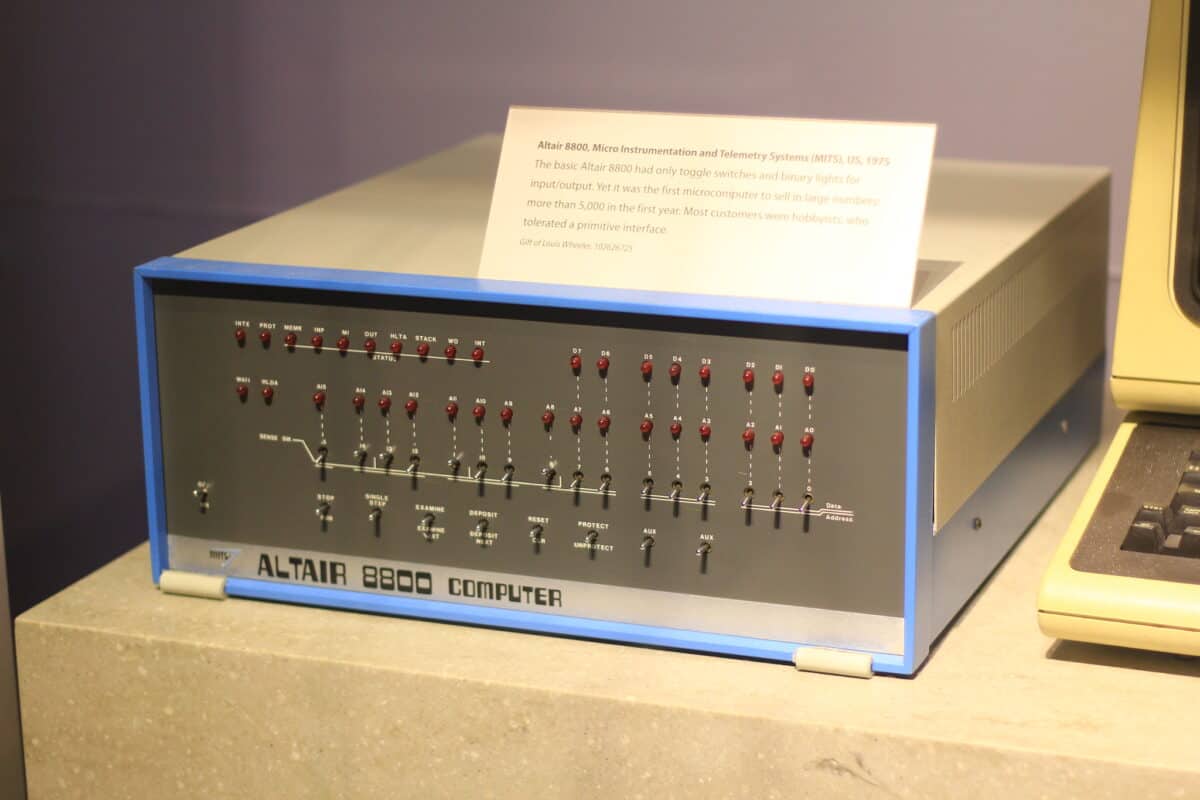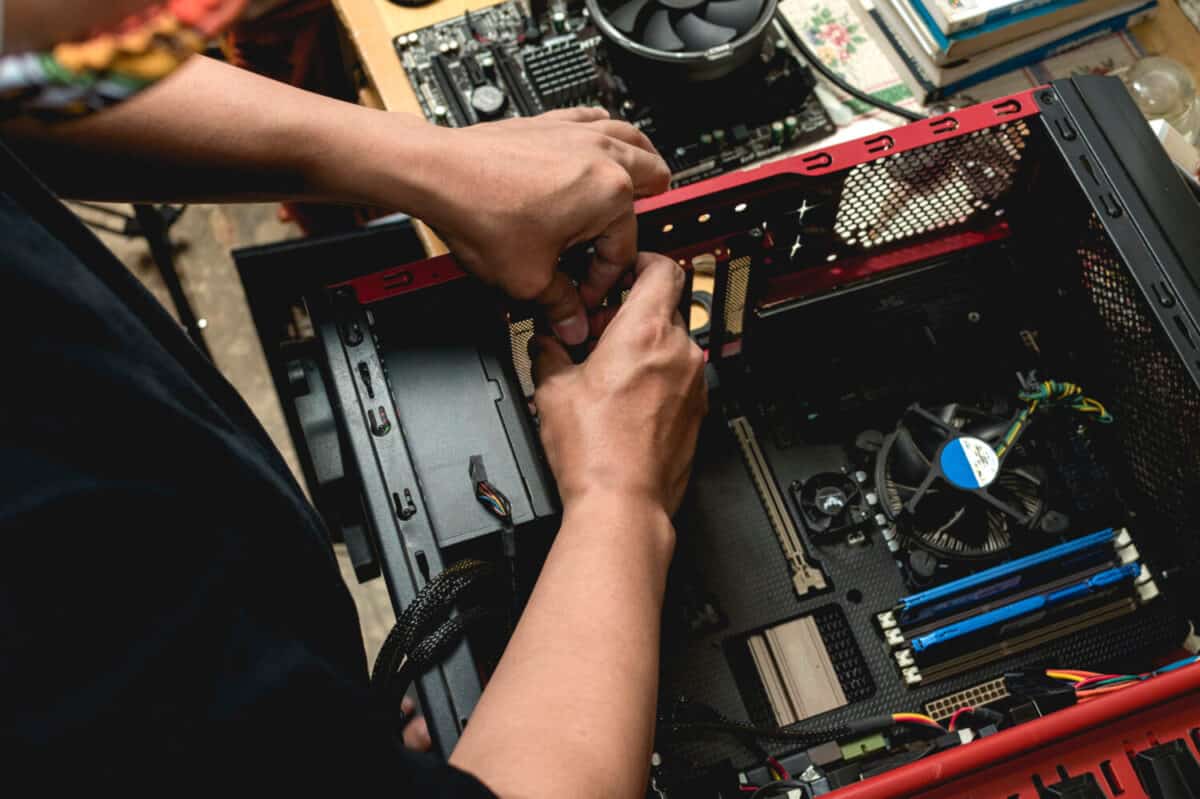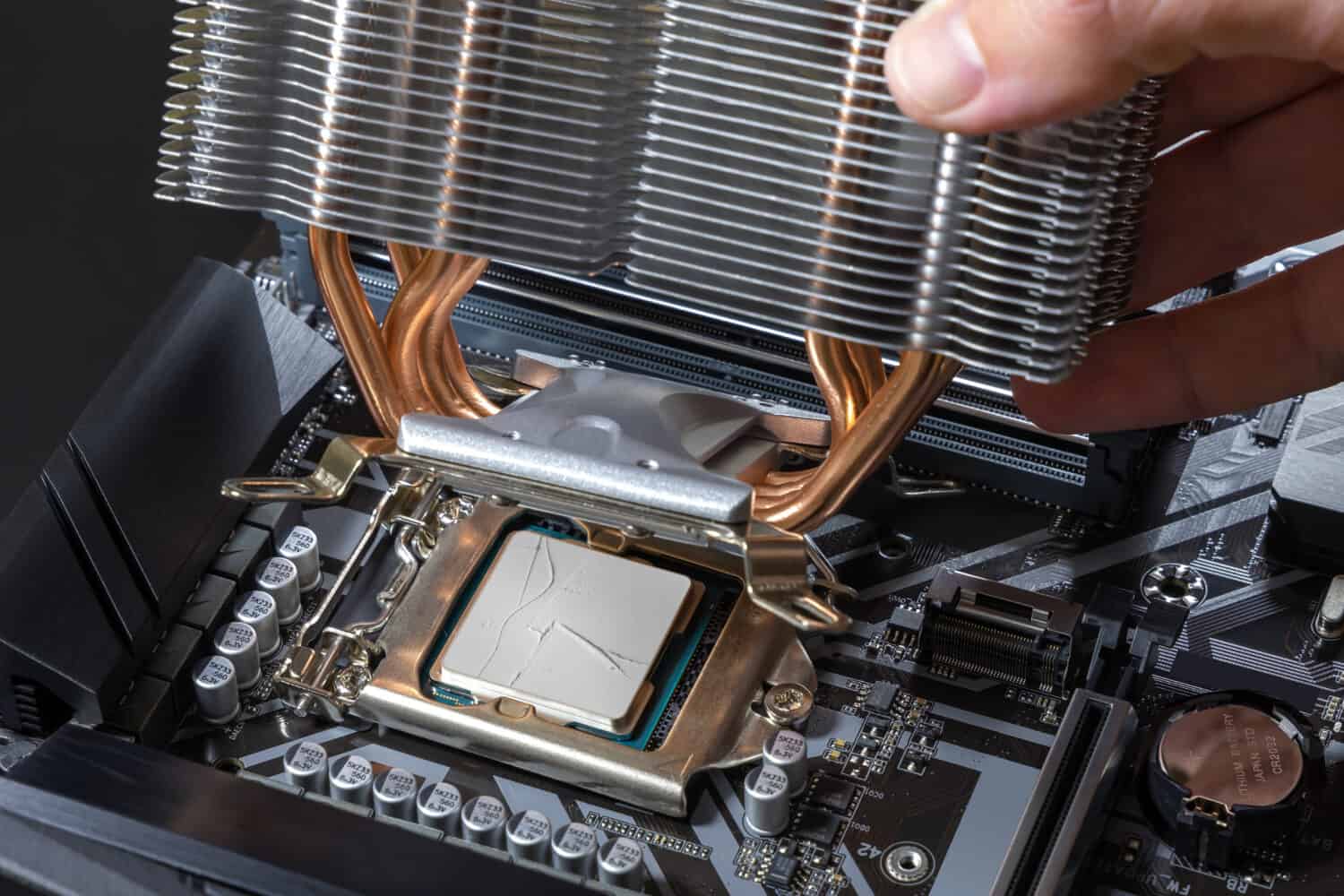Computers have been a part of the household since the 1980s. However, when we think of them in a modern context, the concept of building your own takes on a very different meaning. Flashback 40 or 50 years, and it wasn’t uncommon to have to build your computer to even use one. So, let’s take a step through memory lane and see how DIY computers have evolved.
The 1970s

Computers from the 1940s up until the 1970s were massive beasts. Typically, if you wanted to do any sort of work on a computer, you were employed by the government, a university, or some massive corporation like Pacific Bell.
That all changed overnight with the introduction of the Altair 8800. Now, this wasn’t the first personal computer kit sold. However, it is one of the first DIY computers to achieve anything that we would call a mainstream success. The Altair 8800 could interface with a display and laid quite a foundation on its own.
One of the biggest advantages was the implementation of Altair BASIC, a high-level programming language that obfuscated talking to bare metal. This would be instrumental going forward, as we’ll discover.
The Computer Goes Mainstream In the 1980s
If the 1970s laid the groundwork, the 1980s is where the personal computer came into its own. However, things were a little murkier. One of the main DIY computers of the era is the Sinclair ZX81. While not nearly as popular in the United States as its native England, the ZX81 made computing affordable for households.
Sure, the membrane keyboard with zero tactile feedback left something to be desired. That said, you only needed a TV, which most households already had. Further, data storage was achieved through the use of data cassettes, a common format for audio use.
Computing still had a ways to go, but the close of the 1980s saw the introduction of IBM’s PC format. Built on the x86 architecture, this serves as the foundation of modern computing as we know it.
IBM’s PC Format Takes Off: The 1990s and 2000s
DIY computers of the 1990s were built entirely around the concept of the IBM PC series. Faster processors, more RAM, and constant cyclical hardware upgrades are things I keenly remember from my youth.
The 1990s and 2000s were marked by rapid changes. Buying the components to build a computer one year meant it could be left in the dark just a year later. Processors were getting faster and faster, storage was getting cheaper, and memory was blazing along with the standardization of the format.
DIY computers of this era were marked by sheer dedication. If you were building one, you were likely someone with steady hands who didn’t mind soldering the CPU into place on the socket.
The Modern Era

Stress test your PC to test performance.
The last two decades have seen parts standardization and cheaper prices dominate the parts market. For a time, it was significantly cheaper to build your PC to handle any sort of complicated multimedia tasks. Given the rise of things like cryptocurrencies, artificial intelligence, and other number-heavy needs, your results may vary.
DIY computers of the modern day are like snapping together expensive Lego bricks. If you’ve got a steady hand and anti-static bracelet, you can handle most of the work in a few hours if you’re a beginner. Seasoned pros at the task can likely bang it out in just an hour provided they don’t care about cable management.
What we see with modern DIY computers isn’t so much a case of a knowledge barrier preventing progress. It’s more just what is economical at the moment.
Putting It All Together (Pardon the Pun)
So, we’ve covered quite a bit on DIY computers. That didn’t even touch on the likes of things like the single-board computer revolution championed by Raspberry Pi and other manufacturers. Today, there are more resources than ever to build your computer. It just means you’ve got to put in a bit of time to make it yours.
The image featured at the top of this post is ©hodim/Shutterstock.com.
